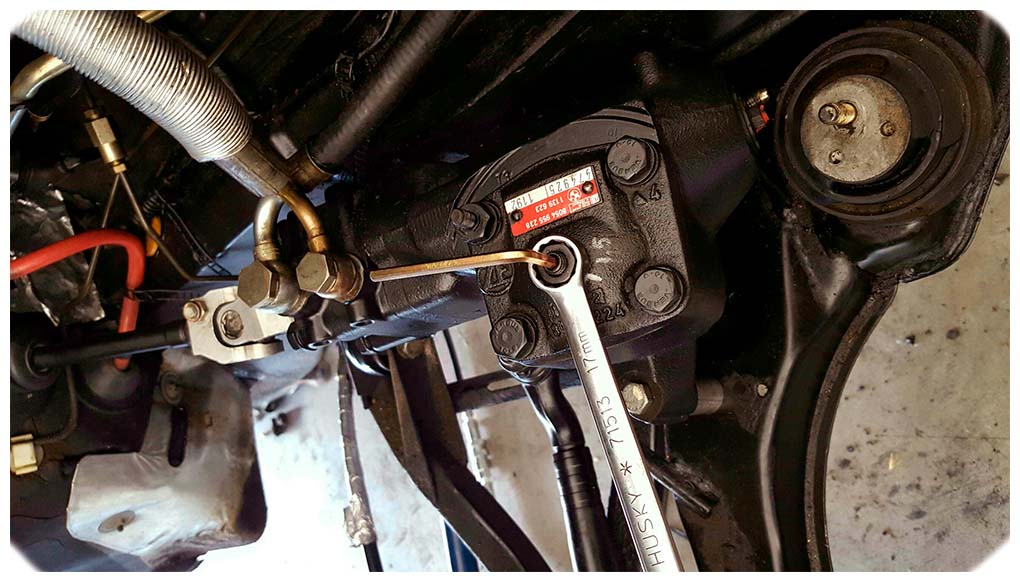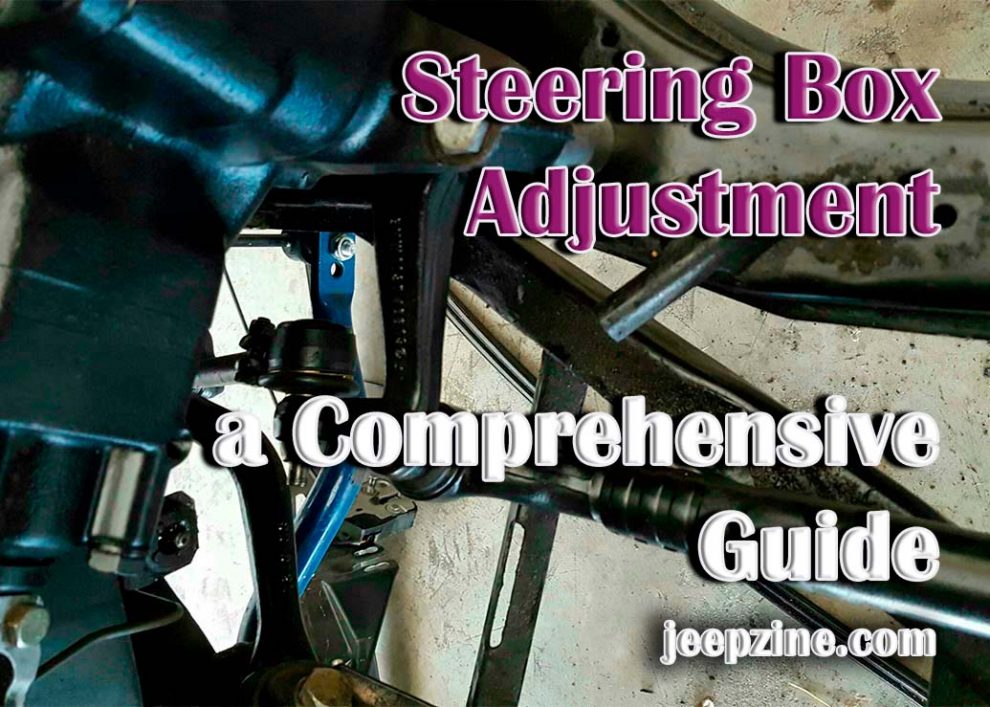Steering box adjustment is a process by which the steering box, or rack-and-pinion assembly, can be adjusted for improved vehicle control. This adjustment is especially important if the car has recently been in an accident and there may be damage to the steering box or its components. Additionally, it can help correct poor steering response caused by wear and tear of components over time. In this comprehensive guide, we will provide an overview of what a steering box is, and the tools needed for adjusting it, followed by step-by-step instructions on how to complete the adjustment process. Finally, we’ll cover some common troubleshooting issues that may arise during this process.
Understanding the Basics of a Steering Box

Tools and Preparation Required for Adjustment
Adjusting a steering box requires specific tools and preparation before beginning the process. The most important tool needed is a special torque wrench that is designed to accurately measure the amount of torque applied when tightening bolts or nuts on the steering box assembly. Additionally, it’s important to have some type of lubricant on hand such as WD-40 or a penetrating oil as well as a flathead screwdriver for loosening certain components during disassembly. Lastly, it’s essential to have your car lift safely secured before you begin any work underneath the vehicle.
Steps to Complete the Adjustment Process
Once you have your tools and preparation ready, it’s time to begin the adjustment process.
- Step 1: Raise the Vehicle
The first step is to safely raise the car using a lift or jack stand and securely lock it in place. Once done, remove any components that may be in the way of accessing the steering box assembly such as plastic covers or engine components.
- Step 2: Inspect Steering Box Assembly
Now it’s time to inspect the steering box assembly for any signs of damage or wear and tear. Look for loose bolts, leaking fluids, rust, or anything else that may suggest an issue with this component. If everything looks okay, proceed to step three.
- Step 3: Loosen Bolts
Using your flathead screwdriver, loosen all the nuts and bolts that are attached to the steering box assembly but do not remove them yet. This will help make step four much easier when you need to reach certain parts of the assembly for adjustment.
- Step 4: Make Adjustments
Using your torque wrench (set to a low setting), begin making small adjustments on each nut and bolt until you can feel an improvement in tightness when turning your steering wheel back and forth. Repeat this process until you are satisfied with how tightly everything is secured without over-tightening.
- Step 5: Reattach Components
Once you are done with the adjustment process, reattach any components you had removed earlier such as plastic covers or engine parts.
- Step 6: Lower Vehicle
Lastly, safely lower the vehicle back down and test out your new steering box adjustment by driving around a few blocks and making sure everything works as it should.
Troubleshooting Common Issues
There may be times when you encounter problems during the steering box adjustment process or after it’s complete. If this happens, some of the most common issues include loose bolts, leaking fluids, too much friction on certain parts of the assembly, broken components, and incorrect torque settings on bolts and nuts. To troubleshoot these issues properly, refer to your owner’s manual or seek professional help from an experienced technician.
Conclusion
By following this comprehensive guide on steering box adjustment, you can ensure that your car will be running smoothly with improved control over direction changes while driving. Be sure to use all the proper tools and safety measures when performing this type of repair work for optimal results. If you have any questions along the way, don’t hesitate to contact a professional technician for assistance.


Add Comment